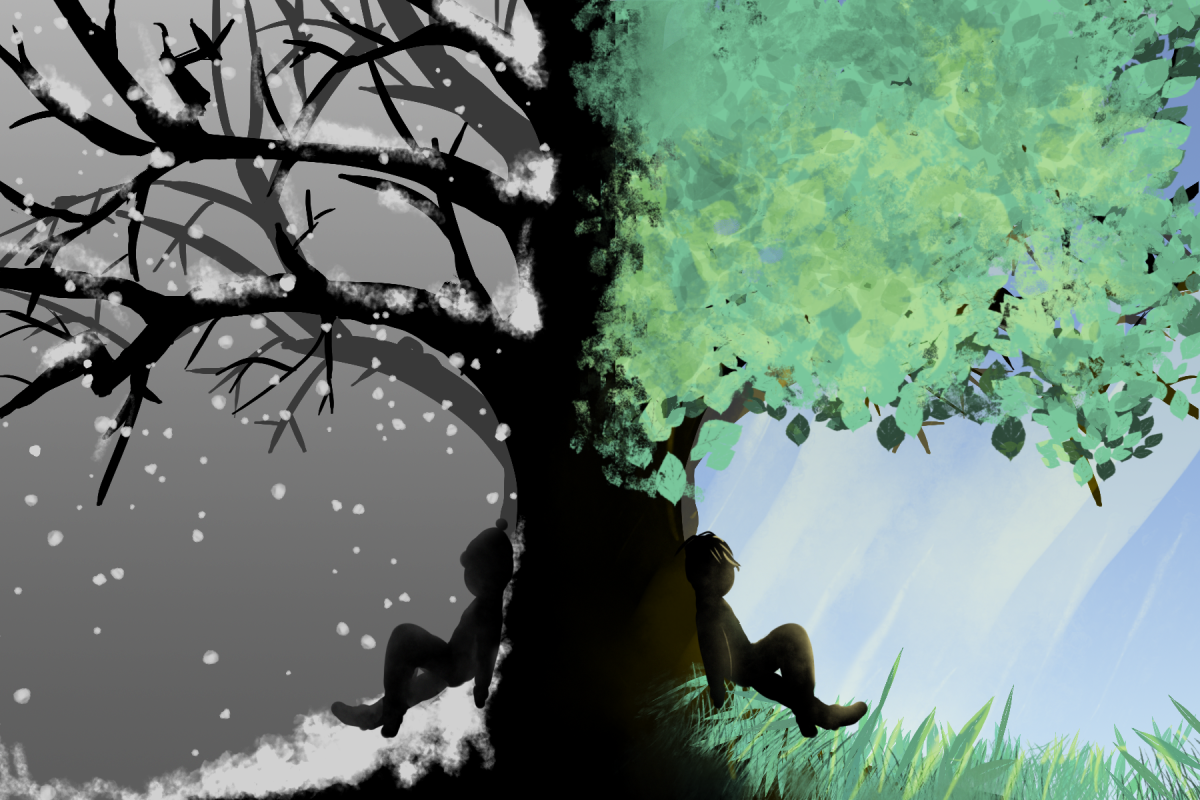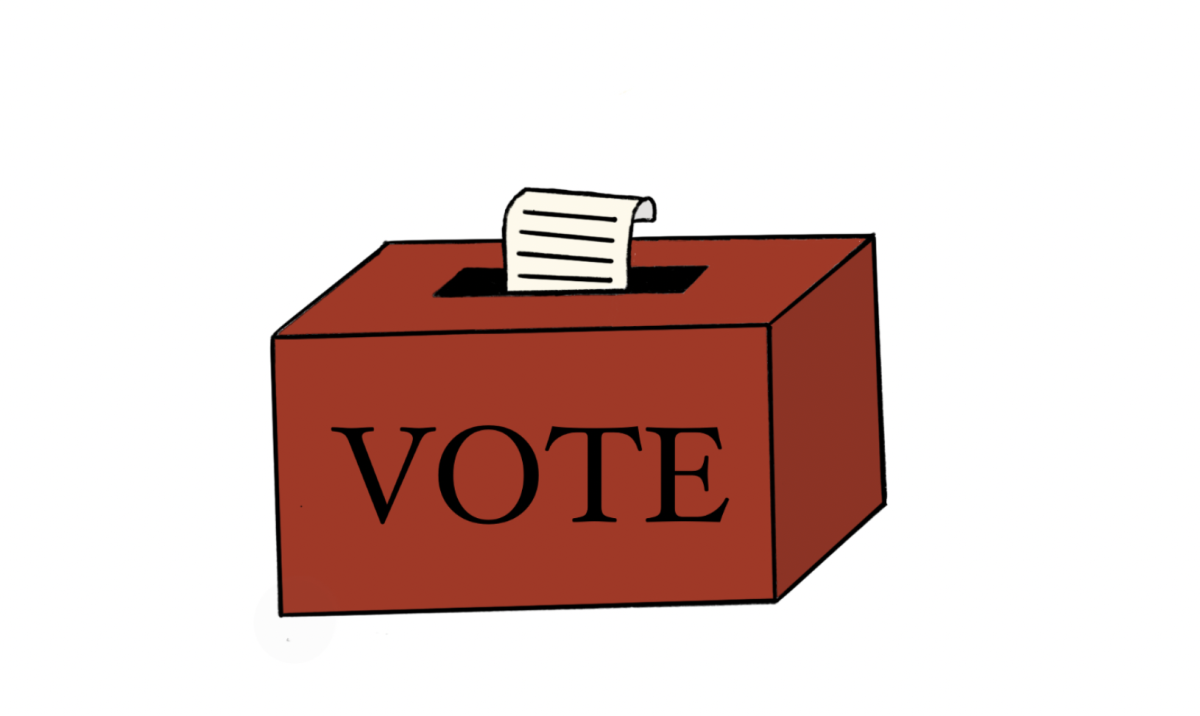At 2 a.m. on Nov. 5, clocks didn’t tick forward; instead, they fell back an hour. With this, the United States transitioned out of daylight savings time (DST) and back into standard time, a biannual shift that, despite granting a temporary extra hour of sleep, plunges Minnesota deeper into darkness.
There is a major correlation between light exposure and mental health. With the reduction of daylight and increased darkness, many people are impacted by what’s known as seasonal depression. Seasonal depression, also known as seasonal affective disorder (SAD), is a mood disorder that results in episodes of depression that coincide with the change in seasons usually into the fall and winter.
Minnesotans, positioned farther north than most of the United States, endure prolonged and darker winters, which contributes to elevated seasonal depression levels. The University of Minnesota estimates that about 1 in 10 Minnesotans have diagnosable seasonal depression, with many more people experiencing milder symptoms such as fatigue.
Common symptoms of seasonal depression include low energy levels, persistent sadness, changes in sleep patterns, social withdrawal, increased irritability, and physical symptoms such as headaches and body aches.
While the act of turning back a physical clock might seem inconsequential, the darker winter days significantly disrupt the body’s internal clock, also known as the circadian rhythm. This disruption in the body consequently sets off a chain of events that causes disturbances to sleep cycles and hormone regulation, leading to an imbalance in melatonin and serotonin. “Being exposed to sunlight has an awakening effect on you. However, if you don’t get sunlight, darkness triggers the release of melatonin, the hormone that makes you sleepy, causing people to feel more lethargic and have less energy throughout the day,” AP Psychology teacher Madelynne Steenwyk said.
To combat seasonal depression during the dark Minnesota winters, here are some concrete strategies to adopt:
- Maximize exposure to natural light
Getting out in the morning before school and going for a 10 – 15 minute walk is ideal. “Viewing sunlight within the first hours of waking increases early-day cortisol release (cortisol is the body’s stress hormone) and prepares the body for sleep later that night, helping regulate your circadian clock,” Stanford University neuroscientist Andrew Huberman said. If a walk before school isn’t possible, getting out in the afternoon still helps the body soak up Vitamin D from the sun.
- Desk lamps/light therapy
Because natural light is not easy to come by in the winter, investing in a SAD light, an artificial light that mimics sunlight, could be quite beneficial. Light therapy involves sitting in front of a lamp, exposed to a spectrum of artificial light designed to help regulate the body’s internal clock. Sitting in front of a SAD lamp for 20 – 30 minutes a day has been shown to help alleviate the symptoms of seasonal depression. According to Harvard Medical School, light therapy “improves symptoms [of seasonal depression] in 40% to 60% of people.”
- Physical activity
Physical activity is known to stimulate the release of hormones like serotonin, a mood-booster that counteracts low energy and lethargy. For some Edina students, physical activity in the wintertime gives them a purpose. “When I’m feeling mentally out of it, I go to the gym. Hitting a nasty pump gets me tired and makes me feel accomplished,” senior Harry Belschner said.
- Sleep hygiene
Maintaining good sleep hygiene is a key step in combating seasonal depression. Setting regular sleeping times solidifies a sleep schedule. “Try to consistently fall asleep, and wake up, within an hour of the same time each day,” Steenwyk said. “You always hear how 7-10 hours of sleep is crucial to being well rested. It really is. Getting good sleep affects your body holistically, and is an important baseline for improving mental health.”
This piece was originally published in Zephyrus’ print edition on November 30, 2023.








